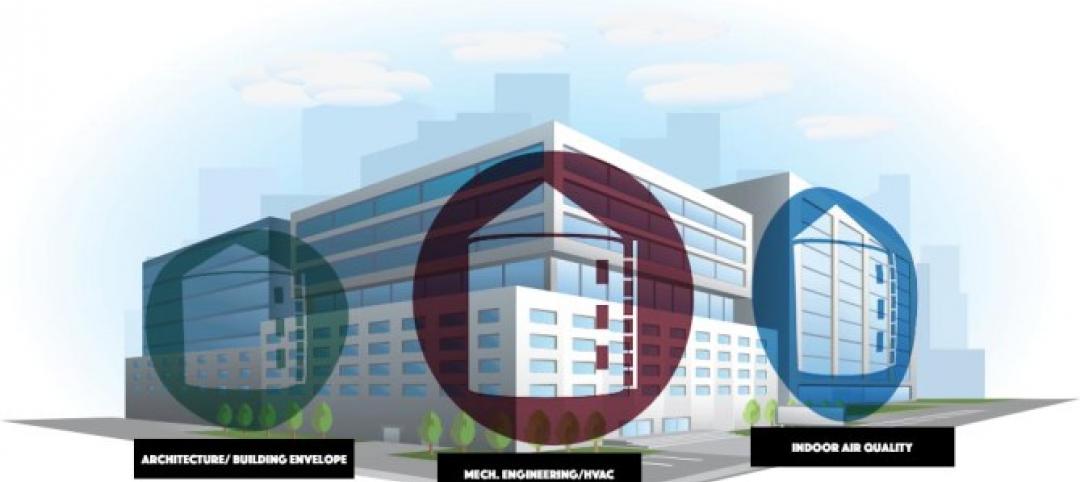Not all buildings are created equal, some fail at alarming rates. Some failures occur at a high rate of frequency but result in minor, practically, negligible consequences. Other building failures on the other hand, while low in frequency, result in catastrophic results. This includes building failures from mold and moisture problems.
There is an interrelationship between the HVAC and building envelope design and performance. In some cases, the combination of HVAC and wind induced outdoor air infiltration, along with both planned and unplanned building envelope, can result in significant amounts of air to enter the guest rooms overwhelming the ability of the FCU to not only provide proper pressurization but also provide sufficient dehumidification. This can result in moisture related mold in walls and on the FF&E.
A mold and moisture peer review is specifically designed to address these kinds of issues that so often are missed by architectural and mechanical designs that are completed in silos, and construction that is not able to identify key building performance problem areas before they result in building wide damage.
Consider, the Hilton Kalia Tower which had a $60M mold and moisture problem that closed the Tower for nearly two years so that remediation and corrective measures could be performed. LBFG staff, including George DuBose and David Odom, were the principal investigators for causation and managed the remediation design. This problem, had it undergone a peer review for mold and moisture related risks, could have been prevented. Mold and moisture peer reviews target the very areas of failure that occurred in the design and construction of the project.
In addition to these issues, there is an emergence of today’s green products that have flooded the marketplace. These products coupled with the pressure exacted on the design community to adopt different design and construction strategies in order to achieve targets like Net Zero or WELL Buildings. In these designs, it is even more important to have peer reviews as a part of your next project. Green products, often times unproven and without proven field testing, have introduced risks into the D&C process that perhaps we have never seen before. Our buildings have become laboratories for product experiments by manufacturers that are clamoring to get their product to market and to gain market advantage in the today’s climate change arena. “New products [or design ideas] are experiments…”, Stewart Brand so aptly put, “and experiments are intended to fail, if they are the whole building envelope [or HVAC system], they fail big.”
A peer review is like inserting a subject matter expert into the design and construction process. The SME helps to make sure that the right people get the right information at the right time. It mirrors the healthcare industry. There has been resistance in the D&C community to peer reviews because at face value it appears to be an extra layer of consultants and unnecessary added cost that can only make the overall cost of the project go up. However, other industries, like the healthcare industry have learned that second opinions (i.e., peer reviews) actually lower costs and make for better decision making. An SME has the experience and knowledge to be confident that there are options that are less costly and can still achieve the desired project results. Peer reviews in the D&C process have been shown to keep costs in check especially against the tendency of architect and engineering practitioners that may take a belts and suspenders approach to their building design in an effort to assure a mold and moisture problem does not occur.
Click here to read a comprehensive blog on this issue.
For more information about the power of Peer Reviews, click here to get a copy of our EBook, “The Single Most Important Factor in Reducing the Risk of a Mold and Moisture Lawsuit on Your Next Project.”
More from Author
George DuBose | Sep 4, 2018
Three forgotten truths about mold and moisture building failures
After over 25 years of figuring out why buildings end up as catastrophic mold and moisture building failures – there are some apparent truths that have remained seemingly unchanged.








